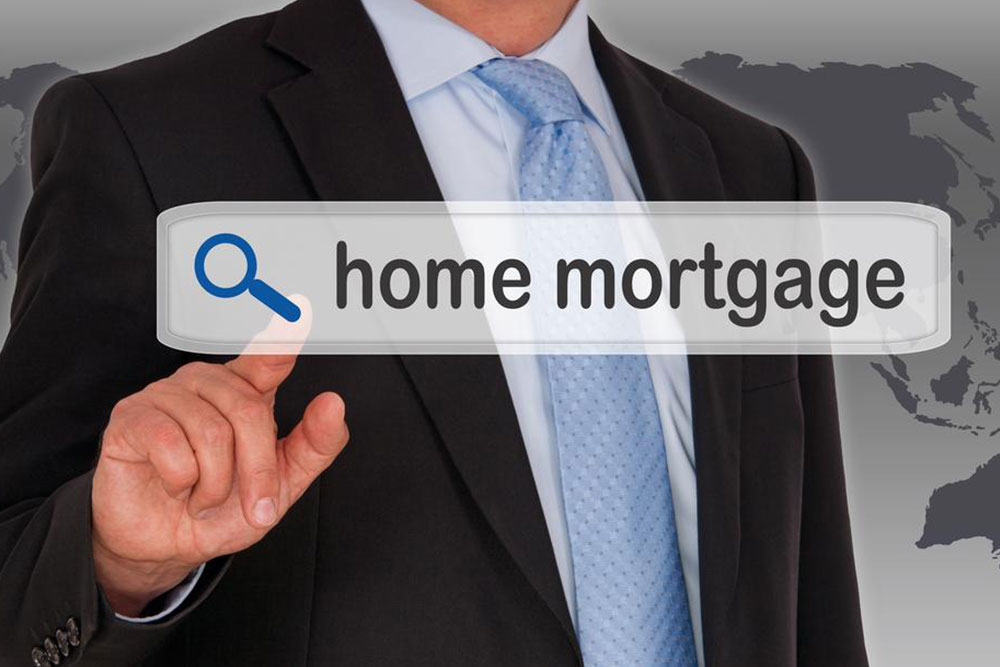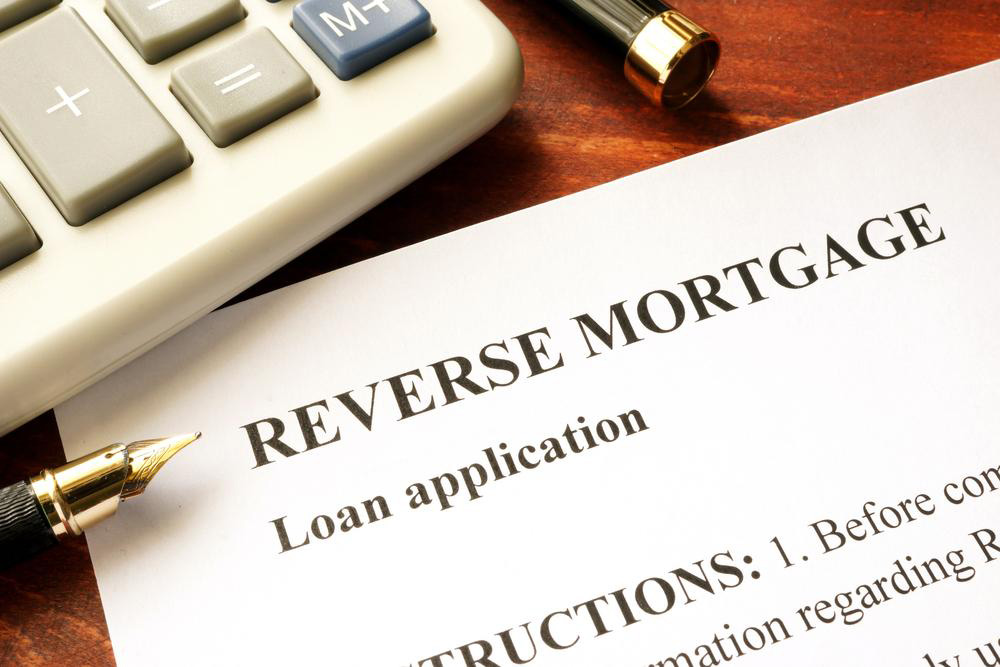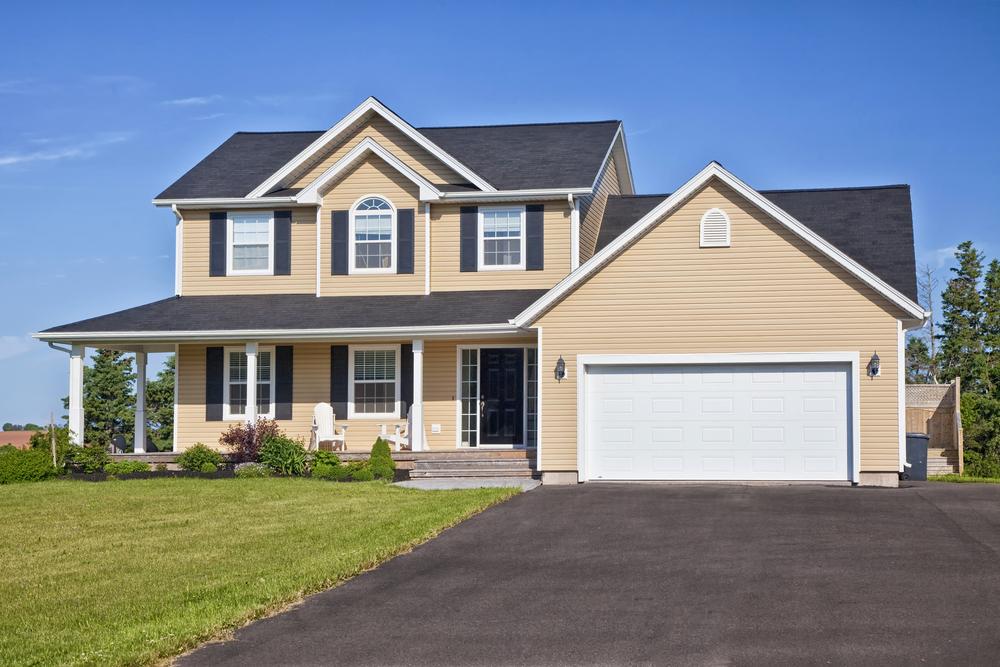Understanding No-Cost Home Loans
Discover the essentials of no-cost home loans, including how they work, costs covered, and factors to consider before choosing this mortgage option. Learn how lenders structure these deals and what to watch for to optimize your home financing strategy.

Understanding No-Cost Home Loans
A no-cost home loan, or NCHL, is a mortgage arrangement where the borrower is not charged upfront fees. Instead, the lender covers settlement costs, compensating through slightly higher interest rates. When sold in the secondary mortgage market, these loans fetch a price based on their interest rates. Mortgage brokers may also earn through discounts received from lenders. It’s important to note that no-cost home loans do not mean zero cash outlay; some costs are embedded in the loan terms.
In contrast, a no-cash mortgage wraps settlement costs into the loan principal, paid over time with interest, unlike no-cost loans where the interest is inflated to offset upfront fees. Borrowers should carefully compare which option suits their financial situation better—whether a no-cost mortgage or a no-cash mortgage.
One advantage of no-cost mortgages is that lenders pay third-party service providers directly—such as appraisers and title companies—potentially reducing overall costs. However, when borrowers opt to cover certain expenses themselves, lenders may charge higher rates to compensate.
Costs typically covered by no-cost mortgages include upfront fees like points, origination, lock, and application fees. Additional charges, such as title insurance, appraisals, flood insurance, credit reports, and legal services, may also be included. Some expenses remain the borrower’s responsibility, such as escrow payments for taxes and insurance, title insurance, homeowner’s insurance, and government transfer fees. These can often be financed as part of the loan.
When choosing a no-cost mortgage, it’s essential to compare different lenders’ offers based on settlement costs not covered, interest rates, and lock-in validity. While it may seem like a no-cost deal, every mortgage involves costs—be it for underwriters, appraisers, attorneys, or insurance providers. The resurgence of no-cost mortgages is linked to historically low interest rates.
Stay informed about mortgage updates by visiting Mortgage. Follow us on Facebook and Twitter for investment news.










